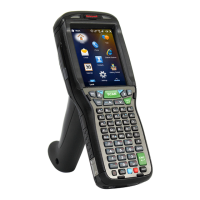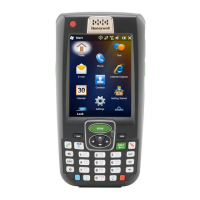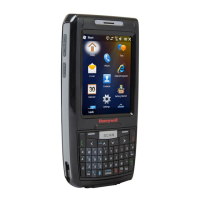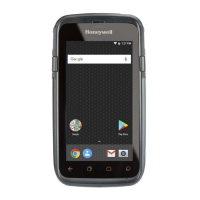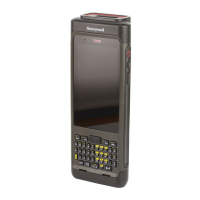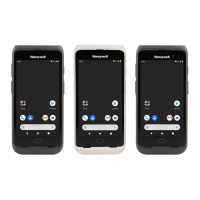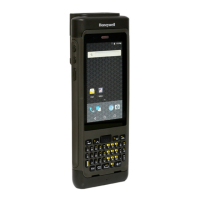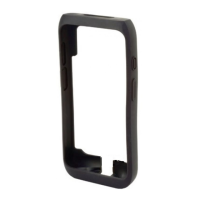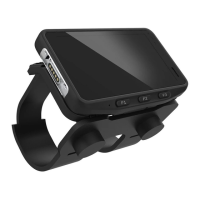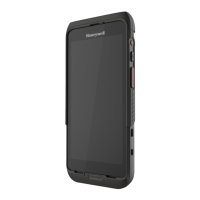How to fix Status LED if it does not come on when I insert a battery pack in Honeywell PDA?
- EEric DuncanAug 8, 2025
If the Status LED doesn't turn on when you insert a battery pack into your Honeywell PDA, verify the power connections. Ensure the power cable is properly connected to the power supply connector and that the battery pack is correctly seated.



